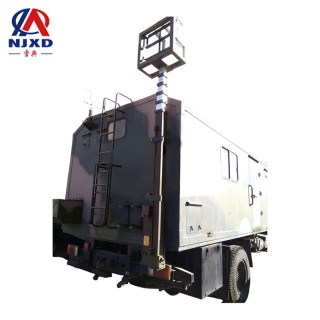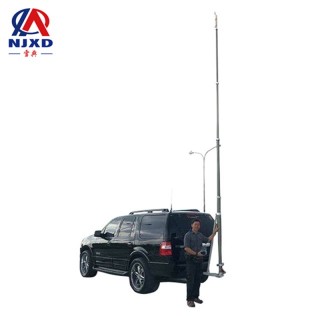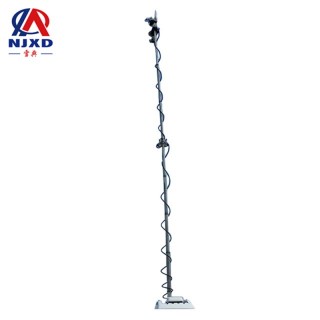NEWS
Synchronization mode and characteristics of emergency lifting data communication
Time:2020-12-09 View:

Synchronization mode
Data communication synchronization mainly includes bit synchronization and character synchronization.
Bit synchronization: The purpose is to enable the receiver to correctly accept each binary bit. Generally, there are two methods: Self-synchronization and external synchronization. Self-synchronization means that the receiver directly uses the characteristics of communication coding to obtain synchronization information from data blocks, including using unique signals to activate receiving actions, or adjust the received sampling pulse by using the level shift in the data block.
External synchronization means that the sender sends a series of synchronous clock sequences to the receiver before sending data, and the receiver locks the receiving frequency according to the clock pulse frequency and timing, in order to keep synchronization with the sender during the process of receiving data.
Character synchronization is also called group synchronization. Its purpose is to enable the receiver to strive to identify data (usually one character) to form complete information. Obviously, character synchronization is based on bit synchronization. Only when the unique synchronization mode is recognized can the real data be received.

Related magazines
"Data Communication" magazine is sponsored by the Institute of Data Communication Science and Technology of the Ministry of Information Industry and is a bimonthly magazine. Its main contents include next generation network technology, broadband network technology, multimedia communication, wireless communication, network and information security, data processing, data transmission, testing, and maintenance.

Features
Data communication has many characteristics different from telegraph and telephone communication. What it realizes is mainly "human (through terminal)-Machine (computer)" communication and "machine-machine" communication, but also includes "human (through intelligent terminal)-Person communication. The information transmitted in data communication is expressed as binary data. Another important feature of data communication is that it is always associated with telematics. Information processing here refers to generalized information processing including scientific computing, process control, etc. Due to different information processing contents and processing methods, the requirements for data communication are also very different. For example, according to different applications of the system, that is, different information processing contents and processing methods, the terminal type, transmission code, transmission rate, transmission mode, system response time, information security and accuracy, the requirements of system reliability and other aspects are also different. Therefore, the factors involved in realizing data communication are relatively complicated.

CATEGORY
NEWS
- Basic Theory of data communication emergency lifting antenna
- Synchronization mode and characteristics of emergency lifting data communication
- Key technologies of mobile lifting data communication
- Application and development trend of data communication rise and fall communication
- Basic explanation of remote control remote control lift rod